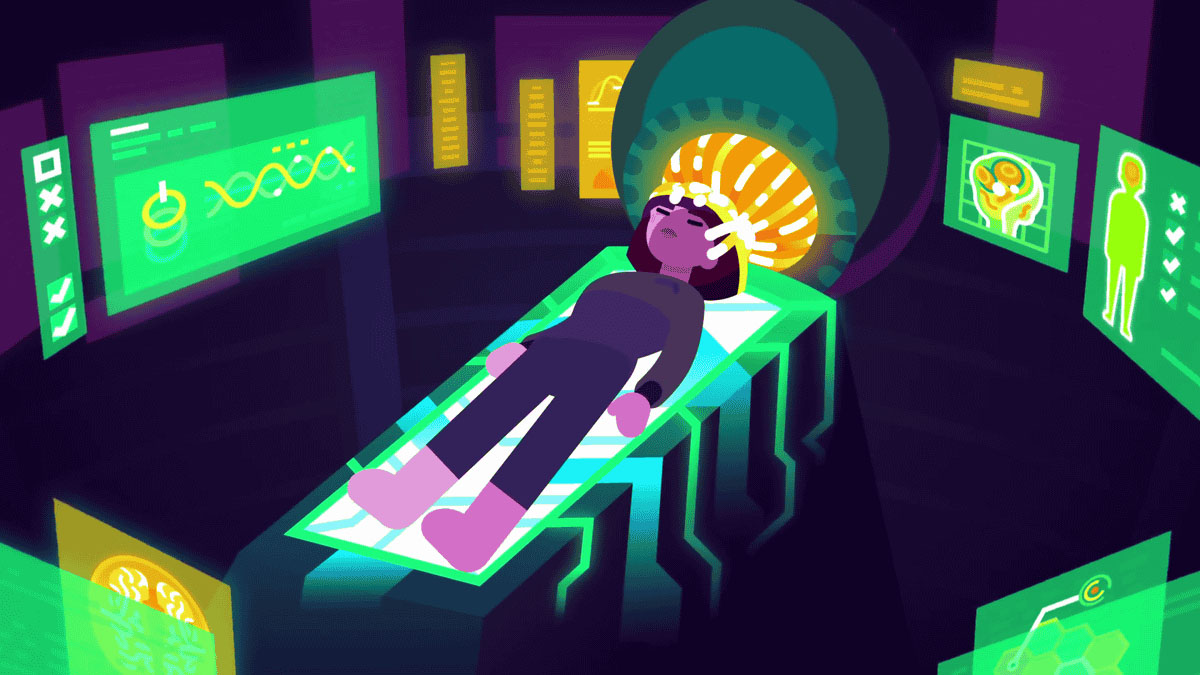do we finally know what makes us conscious?

What makes us aware of the outside world and gives us the ability to meaningfully respond to external stimuli? This isn’t just an esoteric navel-gazing question. Understanding how, when, and why we become conscious would allow us to far more easily find out what trauma patients are locked in, fully aware and awake but paralyzed and incapable of communication, and what patients are truly unconscious. It would also help prevent people from waking up during surgical procedures by giving anaesthesiologists a heads up if they’re waking up. It could even identify if stimuli meant to help wake comatose patients are actually working by watching key structures in their brains light up.
Of course, we’d need to know which parts form the right connections for conscious thought and responses, and a new study is pretty sure those critical areas have been identified. They are the thalamus, anterior and posterior cingulate cortices, and angular gyrus. Or in plain English, the parts responsible for routing sensory processing, emotions and higher level logic, memory, and language, respectively. While it may seem fairly obvious that those parts of the brain have to be involved, the dilemma was how exactly they create consciousness and if there was another set of structures involved. After all, we use virtually every part of our brain at all times when we’re fully awake, contrary to a frequently quoted myth.
After altering the consciousness of 39 volunteers with anaesthetics, then subjecting 37 to sleep deprivation before either letting them nap or waking them up while scanning their brains, a team of researchers found that there’s a network of signals exchanged between the aforementioned areas and blood flow along this network increased if the subject was more conscious. When the subject was asleep, activity decreased, as was expected if this pathway was actually involved in conscious thought. While this is promising, it’s not quite a slam dunk yet due to the study’s small sample size and the need for additional types of scanning to get a more detailed picture of the brain activity along the spectrum of consciousness.
Still, with all that in mind, it’s a very encouraging result backed by other studies on the subject, so odds are good that the team really is on to something. If they can confirm and further define the thalamus-cingulate-angular gyrus pathways, this knowledge will not only have immediate medical applications but would be extremely useful in some bleeding edge experiments which involve reanimating deceased brains to study neurodegenerative diseases, brain cancers, and their potential treatments. If scientists carrying out these studies know how to detect the spark of consciousness, they could hit the emergency brakes on their research before things cross into horror movie territory.
Likewise, we may want to experiment with neural implants to see if we could restore severed consciousness pathways, bringing trauma patients out of comas and quickly starting therapy to help them regain cognitive and motor functions. In short, the applications of this knowledge can open brand new frontiers of neurology and brain-machine interfaces we can expect to become more common in the future. And, of course, we’ll need to be very careful in what we do with this information since we could alter how people experience reality in very profound ways, an ability ripe for abuse. As we wait for more results to come in, we’ll need to keep all this in mind and carefully consider how we’ll use this research.
See: Scheinin, A., et al. (2020) Foundations of human consciousness: Imaging the twilight zone, Journal of Neuroscience, DOI: 10.1523/JNEUROSCI.0775-20.2020





